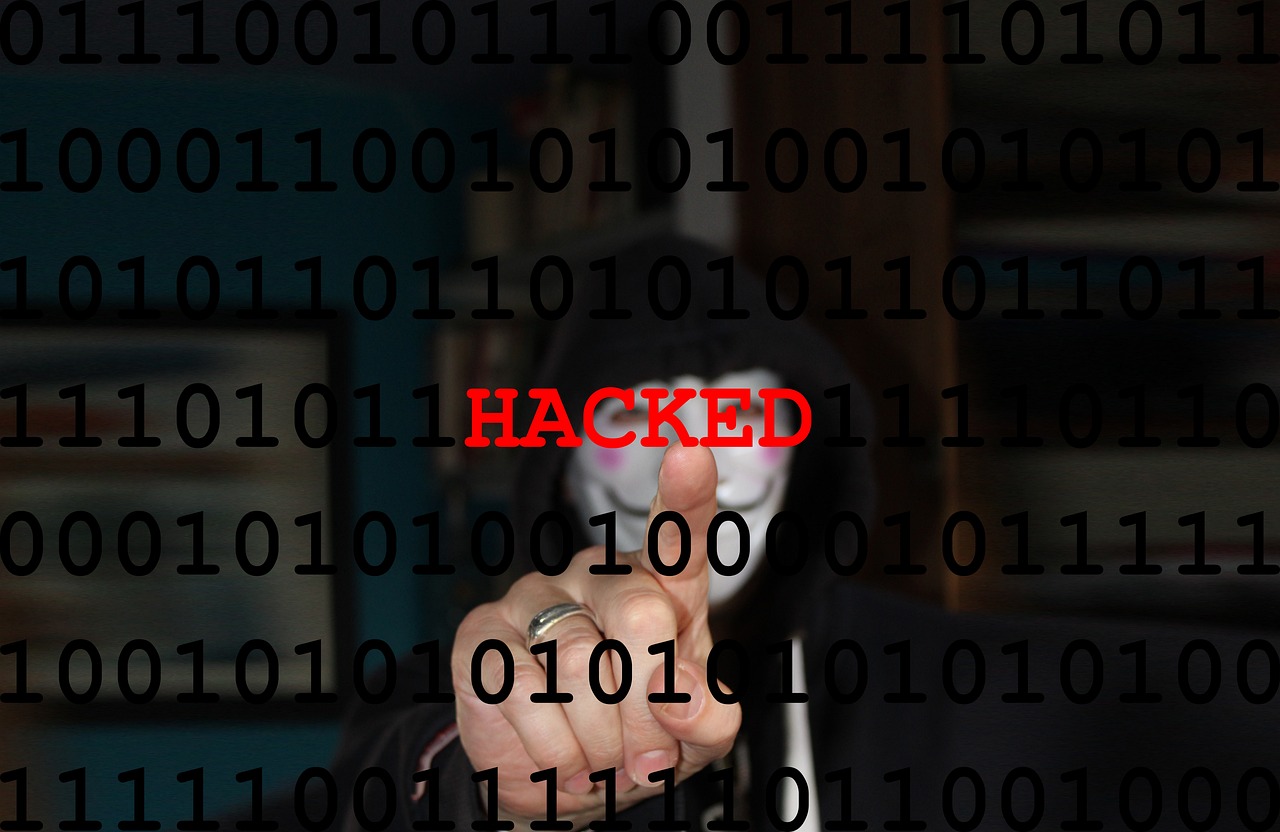10 Telltale Signs Your Computer Has Malware (And How to Detect It)
Worried about cybersecurity threats? Learn 10 common signs to detect malware on your computer and protect your system from viruses.
Posted by
Related reading
The Hidden Tax: How Poor Cybersecurity Is Silently Costing Your Company Millions
Cybersecurity isn't just an IT problem—it's a massive financial drain. Learn how vulnerabilities are secretly tanking your company's value and what you can do about it.
Vendor Contracts: Your Overlooked Cybersecurity Shield (or Weakness?)
Reliance on third-party vendors & AI tools introduces risks. Learn why strong contracts are crucial for cybersecurity and how to manage vendor risk effectively.
They're Going to Scam You: Understanding Modern Online Deception
Online scammers are more sophisticated than ever. Learn about social engineering, phishing tactics, and how to protect yourself and your business from these evolving threats.

10 Telltale Signs Your Computer Has Malware (And How to Detect It)
Malware is everywhere these days. Recently, we've seen viruses hidden in PDFs, email attachments, and even disguised as job offers. Strong cybersecurity practices are crucial, but since no one is completely immune, knowing how to detect malware early is vital. Here are 10 signs that your computer might be infected.
Common Signs of Malware Infection
- 1. Slow Performance: Malware consumes system resources. If your computer suddenly runs much slower than usual, it could be a sign of an infection hogging CPU or memory. Detecting malware often starts with noticing performance degradation.
- 2. Frequent Errors or Crashes: When cybercriminals gain access, they might delete system files or interfere with processes to operate undetected. This can cause unexpected errors, program crashes, or even the infamous Windows Blue Screen of Death (BSOD) – a serious cybersecurity concern.
- 3. Suspicious Activity: Does your computer open programs or windows on its own? Do you see brief flashes of applications running? This could be malware performing unauthorized actions in the background.
- 4. Excessive Hardware Usage: Malware designed for remote control requires system resources, including network bandwidth. Unusually high disk activity, CPU usage, or internet traffic when you're not doing much can indicate a hidden process. Tools to detect malware often monitor resource usage.
- 5. Strange Pop-ups: A sudden surge in pop-up advertisements, especially ones that are hard to close or appear outside your web browser, often indicates adware or other types of malware designed to disrupt your experience or redirect you to malicious sites.
- 6. Odd Browser Behavior: If your browser homepage changes unexpectedly, you see toolbars you didn't install, get redirected to unfamiliar websites, or see ads unrelated to your searches, your browser might be hijacked by malware. Difficulty closing ad tabs is another red flag.
- 7. Antivirus Disabled: A primary goal for many malware types is to disable existing cybersecurity protections. If your antivirus software is suddenly turned off and you can't re-enable it or install new security software, it's a strong indicator of infection.
- 8. Inability to Access Security Websites: Some malware modifies system settings (like the hosts file) to block access to antivirus vendor websites or system update pages, preventing you from getting help or removing the infection.
- 9. Missing or Corrupted Files: If files suddenly disappear, become inaccessible, or show signs of corruption without explanation, malware could be deleting or encrypting your data. Ransomware is a common culprit here.
- 10. Ransom Demands: Seeing messages demanding Bitcoin payments for file decryption, often accompanied by files renamed with strange extensions, is a clear sign of a ransomware attack – a severe cybersecurity incident.
Bonus: Stealthy Malware
Be aware that some sophisticated malware operates silently, aiming to spy on your activity, steal credentials, or use your computer in a botnet without obvious signs. Regularly running scans with reputable cybersecurity software is essential to detect malware that tries to stay hidden.
What to Do If You Suspect an Infection?
Now that you know the signs and want to take action, what's next? If you suspect your computer is infected and need help removing malware and improving your cybersecurity, we can assist.